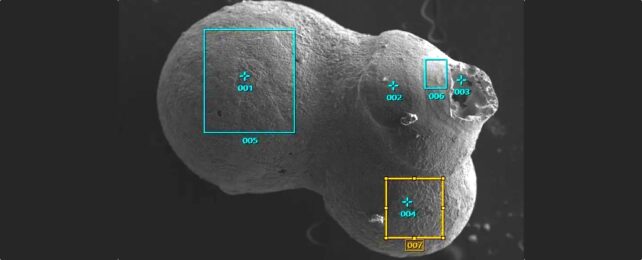
A new investigation with NASA's James Webb Space Telescope into K2-18 b, an exoplanet 8.6 times as massive as Earth, has revealed the presence of carbon-bearing molecules including methane and carbon dioxide.

The closest black hole to Earth was thought to be 1,560 light-years away - but a new study suggests there could be one around 150 light-years away.

According to a new analysis of a type of galaxy known as a blazar, the best explanation for unusual changes in their glow is a pair of supermassive black holes locked in a decaying orbit.

Astronomers detected the most distant galactic magnetic field so far. The galaxy is called 9io9. Its light has to travel travel more than 11 billion years to reach us, from a time when the universe was a young 2.5 billion years old.

The bubble is 10,000 times wider than the Milky Way and located 820 million light-years from our own galaxy. The astronomers have called their bubble Ho’oleilana – meaning “sent murmurs of awakening”.

The James Webb Space Telescope has captured a new image of Supernova 1987A, one of the most famous exploding stars.

A newly discovered exoplanet has characteristics so peculiar that astronomers think it must have experienced a giant collision some time in its past.

The meteor from which these beads originated, known as IM1, disintegrated over the Pacific in 2014. Some of these spherules do not possess the chemical composition expected from objects in our Solar System.

Now, for the first time, we have observed a Neptune Storm with Earth-based instruments in unprecedented resolution.

NASA has awarded a contract to TransAstra to clean up space junk. One category of debris they will target is CubeSats, small satellites the size of a Rubik’s Cube. The recycling centers would allow the collected debris to be recycled.

India’s Chandrayaan-3 mission landed on the moon on Aug. 23. The Vikram lander operated for almost two weeks. After the start of lunar night the Vikram rover was put into sleep mode. Both the lander and rover have a chance of waking up again later.

U.S. astrophysicists has found via simulations that some black holes might be traveling through space at nearly one-tenth the speed of light.

Megastorms occur approximately every 20 to 30 years on Saturn and are similar to hurricanes on Earth, although significantly larger. But unlike Earth’s hurricanes, no one knows what causes megastorms in Saturn’s atmosphere.

For the first time in nearly three decades of observations, clouds seen on Neptune have all but vanished. The observations reveal a connection between Neptune's disappearing clouds and the solar cycle.

An international team of astronomers have identified a powerful magnetic field in the Wolf-Rayet star HD 45166, the exposed helium core of a star that has lost its outer layers of hydrogen.